On Diversions

Hana, long time no see. I hear you have a new project coming up called Diversions.
Yes, it’s a show opening on 17 January 2026 at The Approach in Bethnal Green, East London. I was walking around the neighborhood recently, trying to re-familiarize myself with it. I’ve done shows there before, but it’s been a while, and it’s a neighborhood that changes a lot. I noticed something very UK-specific, something I don’t often see in Brussels, where I live. When traffic is rerouted because of road work or infrastructure work, the city authorities put up signs saying “diversion,” directing traffic in different directions. All these signposts are held down with sandbags, and sometimes the bags are left lying around after the diversion is over. So I wondered: What does it mean to divert bodies? Why is this happening?
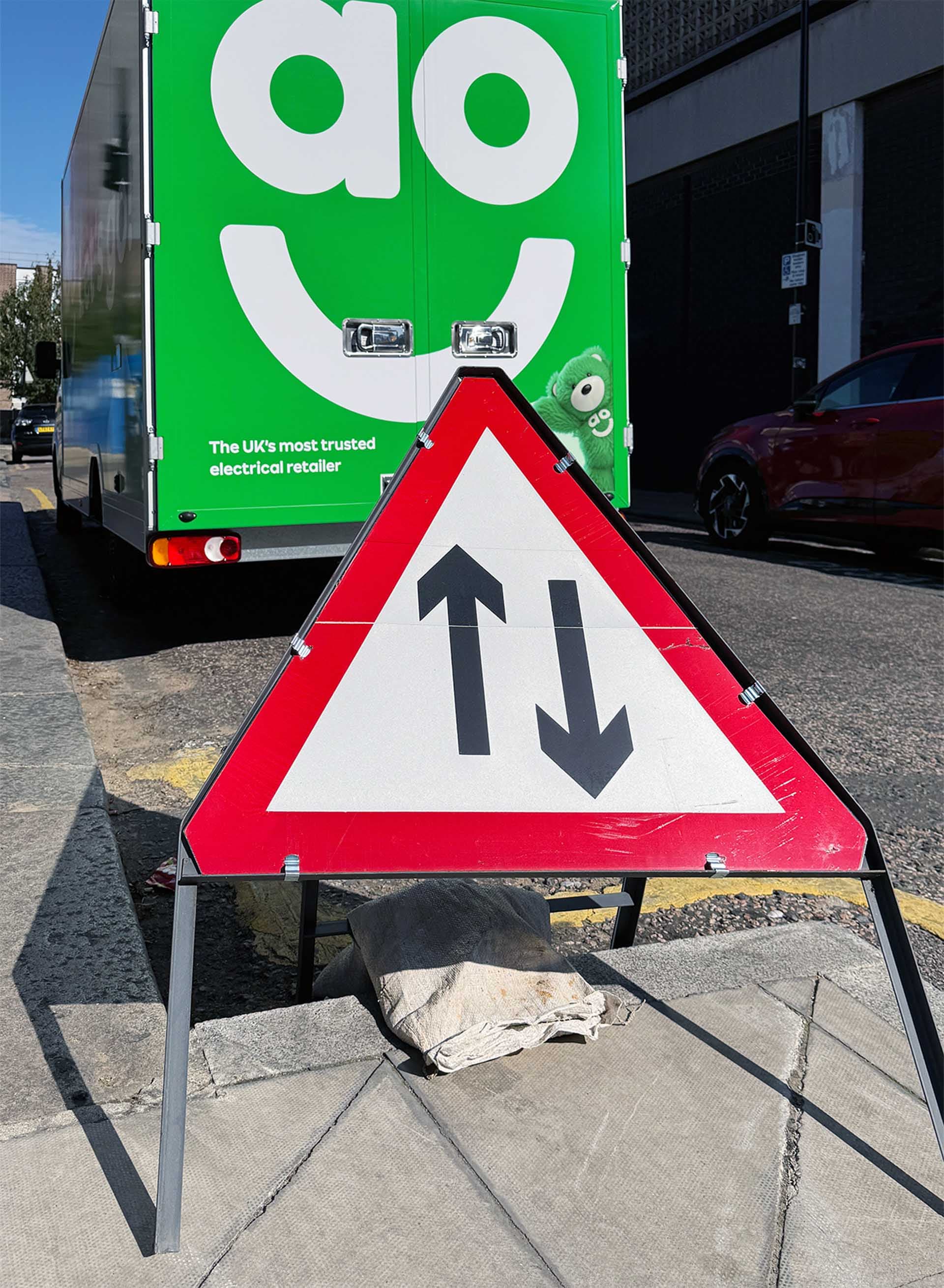
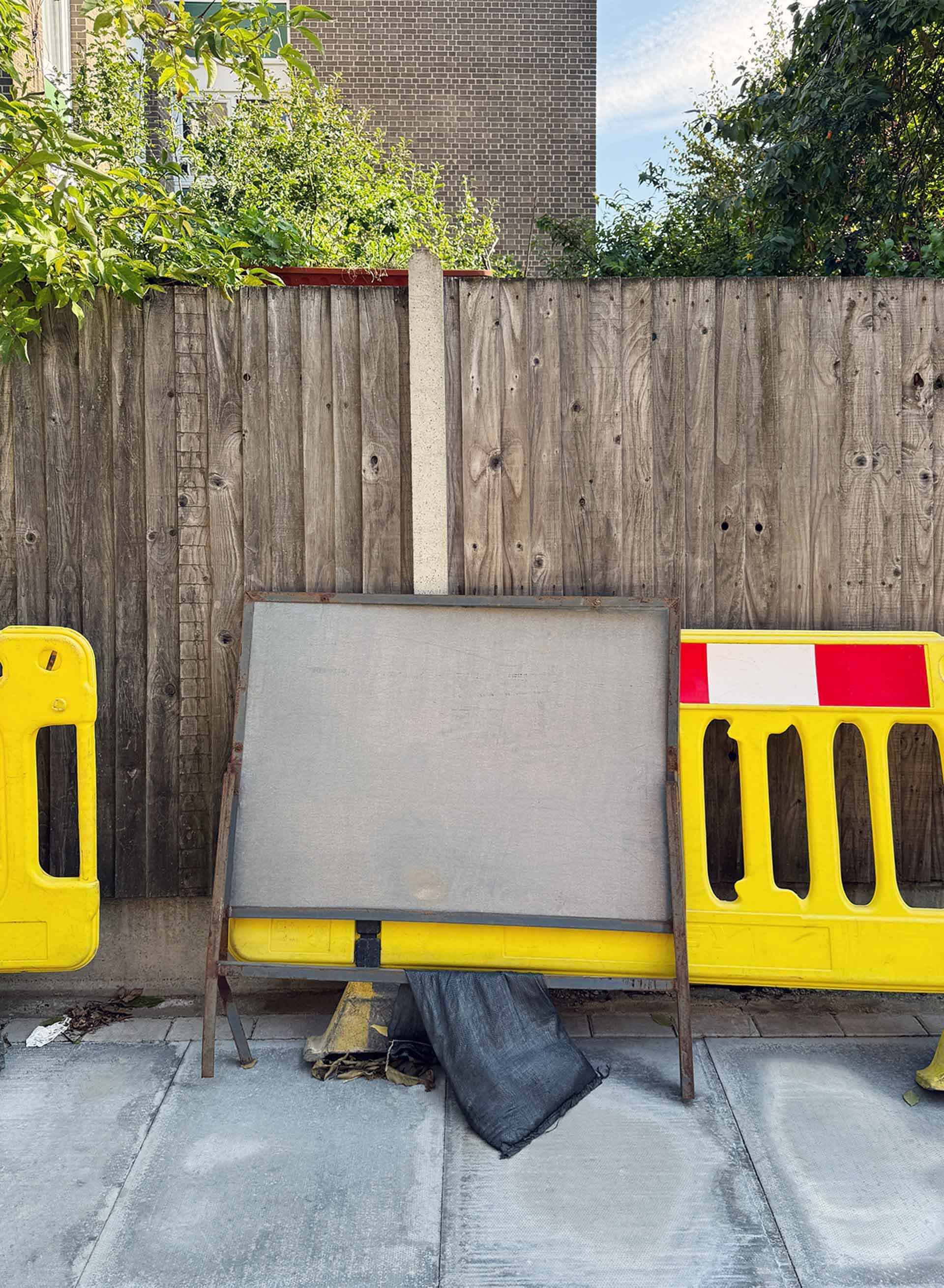
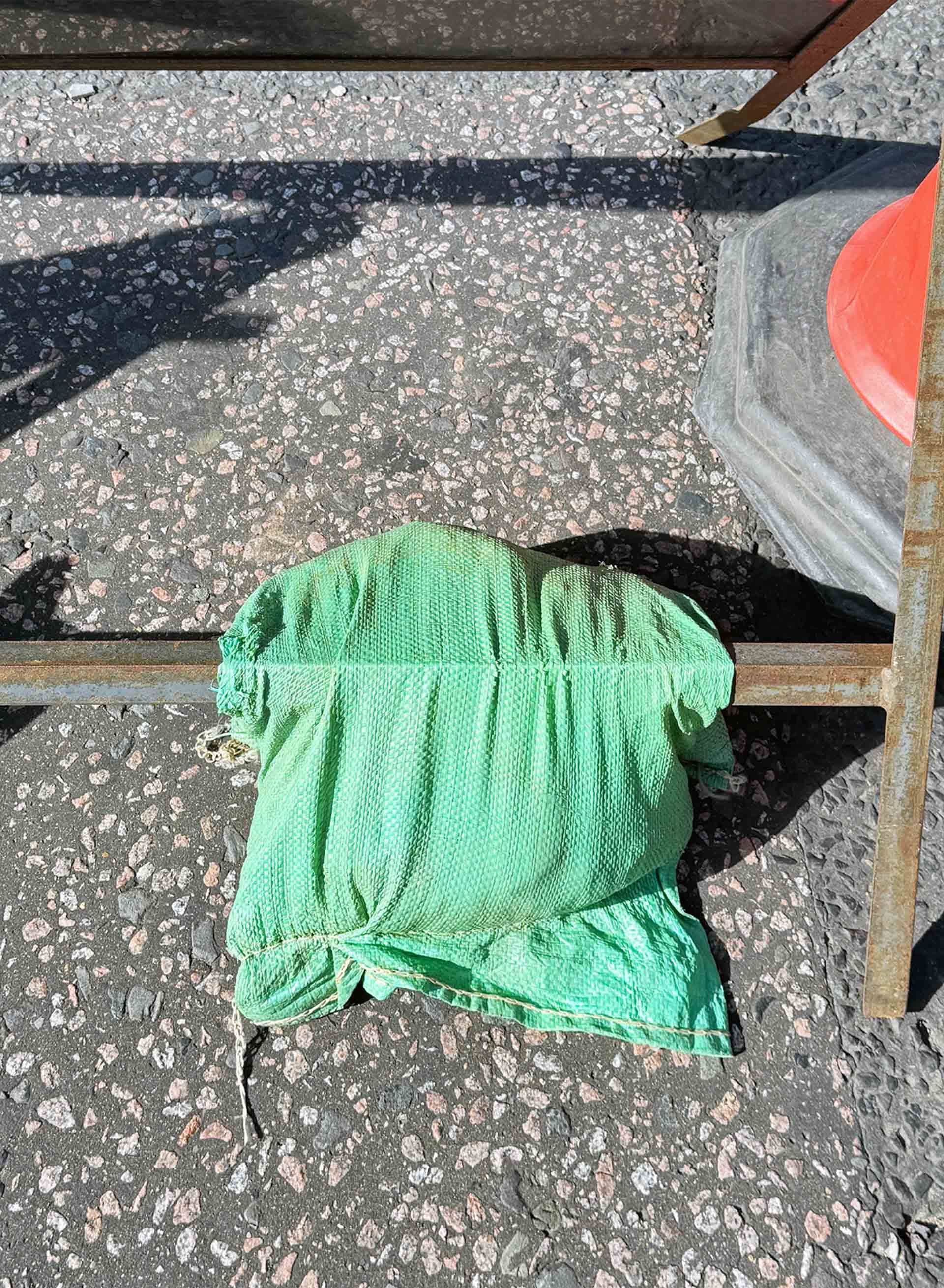
A lot of the signs I noticed on this occasion were near council housing that was being renovated or expanded, marking the presence of specific communities in the area. As often in my work, I’m interested in these marks that may look abstract when you see them in a gallery, but that refer to social realities in public space. I started remaking these bags, but instead of filling them with sand, I’m filling them with cherry pits—like cherry-pit pillows. It’s something very common in the Balkans, where I come from. Just like a hot water bottle, you heat the bag and put it on your body to “divert” discomfort or pain. As I’m working on this, I’m having a lot of thoughts about diversion as method and subject. And I remembered your beautiful 2022 exhibition Diversion at Portikus in Frankfurt—which I was lucky enough to see, and to literally dip my feet into!
Diversion was a piece that I did at Portikus, which is on an island in the River Main in Frankfurt. We diverted a stream of the river through the gallery and then back to the river. We also filtered and cleaned jugs of the water and let people drink it. So there was a diversion of the water through the body of the visitor as well as through the exhibition space.
And there was tea being served downstairs, right?
It was just water—I wanted people to taste the actual river water. Though I have used tea before, like the jasmine tea in Untitled (plot for dialogue)(2017). I had the idea for a while to divert a river through a museum or gallery. Most cities are on rivers, often where a river meets the sea. Rivers were crucial for navigation, trade, and clean drinking water. They’re the arteries of the biosphere, conducting the water cycle—evaporation, snow, rain, flowing through the land back to the sea. That’s what makes our planet a living system. But over time, cities have straightened, channeled, concretized, and dammed rivers out of fear of flooding and pollution, so many of their natural functions have been lost. Rivers constantly change their channels. They bring sediment, minerals, nutrients. They create habitats. By controlling them, we stop this process. So for me, it was interesting to ask: What if you could touch the river? What if you could drink it? What if we didn’t repress the fact that the river is there? In Frankfurt, the Main is right there—people look at it, but from a distance, sitting at cafés. I wanted to restore a more active relationship. Interestingly, just last year—three years after the show—the final book by the political scientist James C. Scott came out, In Praise of Floods: The Untamed River and the Life It Brings1. I was amazed by how connected it felt to what I’d been thinking. And it really confirmed that the piece’s title had to be Diversion, because it was literally a diversion of the river but also a diversion from how things are done now, toward something belonging both to the future and to the past.
James C. Scott, In Praise of Floods: The Untamed River and the Life It Brings (New Haven and London: Yale University Press, 2025).

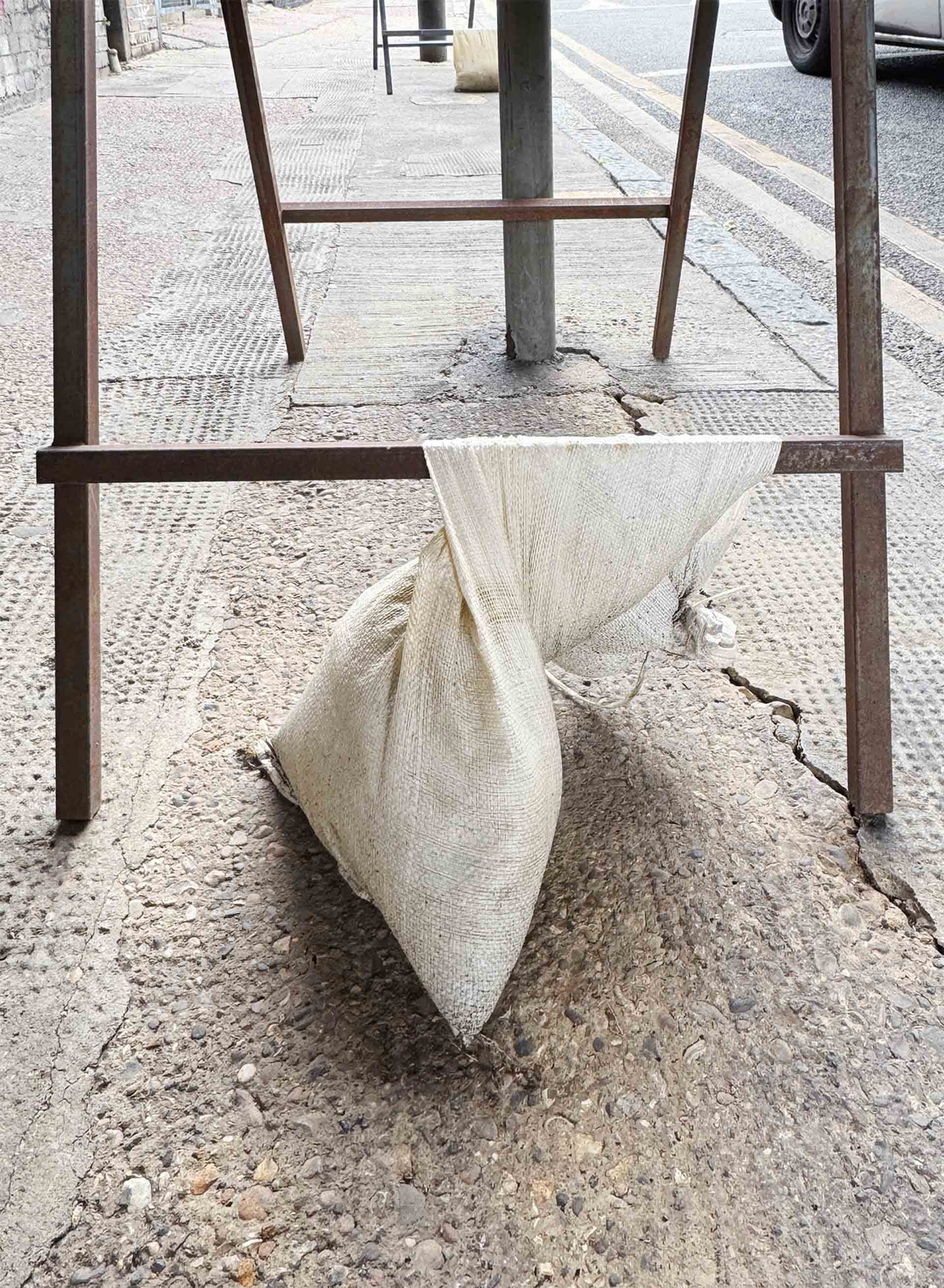

What I really liked was how it reorganized bodies—the social moment that formed around the water. These kinds of moments don’t happen often in galleries. It was another way of being with the river, not just looking at it. That’s something I’m also thinking about: the diversion of sociality in cities, and how bodies are reorganized by urban planning and redevelopment.
I love that phrase—“diversion of sociality.” That was deliberate in the piece, because I often try to produce a different kind of human interaction. You and I have collaborated on that before—like the show Life to Come at Metro Pictures, New York, in 2018, where you were a major protagonist. I remember calling you from Belgium, describing the show, and you suggested the curtained chamber we made from your work. That’s where I staged this interaction with the “hosts” that drew from the singing and dancing traditions of nineteenth-century Shaker communities. The host would take each visitor through the show, performing several immaterial artworks. Your piece worked both as artwork and as architecture—a space for interaction. And it’s funny, because your new show also stages human activity and movement using fabric. In my river piece, I also had a group of people—the custodians—who interacted with visitors and helped them walk in the water. That produced a kind of sociality that wouldn’t have happened otherwise.
Yes, thanks for bringing that up. I’m working again with the same type of woven fabric, which is based on a transparency grid—a digital structure underlying all images today. I’ve developed a semi-unbound fabric that bends and folds in a particular way, so that the binary grid of the initial transparency grid becomes less normative. In London, I want to recirculate or divert—a bit like what you did in Frankfurt—the way visitors move through the space. People are programmed to consume exhibitions linearly, moving through them like reading text in the so-called West, from left to right. I want to disrupt that, using movable curtains that softly redirect bodies—not in an oppressive way, but as a “soft architecture,” a “soft diversion.” Visitors can adapt to the route.
I love that. What’s interesting in your work is how fabric mediates form and formlessness. You come from photography, and you’ve shifted toward textiles, and there’s a productive tension between structure and softness. Like you, I didn’t want to separate the audience from the work. I asked you for advice when I did Prehension for Manifesta 15 in 2024 at Les Tres Xemeneies, a decommissioned power station in Barcelona. There, I hung long white fabrics, letting the Mediterranean wind choreograph their movement.
The luxury of working with fabric is that everyone knows it through touch. We wear it, sleep in it, sit on it. Our skin knows it. That’s why it’s such an accessible medium. People are connoisseurs of fabric. Therefore I insist on the fact that my works are never framed. Although potentially fragile, they invite tactility and openness. And about what you said regarding the relation between photography and weaving in my practice: I think that my work always brings a kind of “negative space” into the exhibition area, an absent social reality that can’t fully exist in the gallery, where different systems of value apply. I wonder if that’s something you think about too, and how this operated in your Diversion show.
Contemporary art often operates in a kind of abstract or presumed space. I try, like you, to bridge that with lived experience. In Barcelona, for example, arranging twenty-meter long fabrics in an irregular pattern, rather than a grid, completely changed the encounter. I wanted a living tableau, something closer to a kelp forest than a rigid pattern. In Diversion at Frankfurt, I remember drawing lots of sketches for the river’s path. I didn’t want a canal, but also not a fake river. I settled on a simple curve flowing toward you as you entered. Those details matter, like when we collaborated at Metro Pictures. You insisted on being there for installation, and we even changed the entrance.



Yes, I remember. We changed the entrance so that the performance, or “routine,” unfolded differently. I didn’t have much experience making exhibitions yet, and was quite unprepared, so I had to re-stitch the entrance by hand shortly before the opening!
And that change—which no one consciously noticed—affected how visitors experienced the show. You didn’t see the entrance to the fabric pavilion when you entered the show, but only on your way back, at the end of your tour with my “hosts,” when they ushered you inside to perform my Shaker-inspired routine (which came out of a road trip Dan Graham and I went on to Hancock Shaker Village). You created a more subtle, diverted entrance.
Exactly. It meant that people didn’t see the performance right away. It became more private, less self-conscious.
It acted like a small chapel at the center, your fabric functioning as a kind of blind. That’s what I love about collaboration: the way authorship blurs. It wasn’t clear whose work it was, and that’s fine. The situation itself was the work. That’s why I never listed the “routine” as a separate piece.
I think that also connects to how you transferred a social reality—the Shaker routine—into the gallery space. I’m doing something similar by looking at other people’s ingenuity and practical knowledge, like DIY repairs, and by reproducing them, trying to understand them better.
Exactly. And that comes from life. Like in my case, the filtering of water came from my grandmother, who boiled and filtered tap water every night in Karachi, for us to drink the next day. I brought that into Diversion. And I love that in your practice you make people more attentive to certain gestures of repair. I send you photos when I notice things like that on the streets now!
I love that. It’s really my motivation: to create heightened attentiveness to everyday processes. And yes, I like that both of us bring domestic experiences into our work. That’s where the cherry pits come from—a technology I know from my family in the Balkans.
“Grandmother culture,” a perfect place to end.
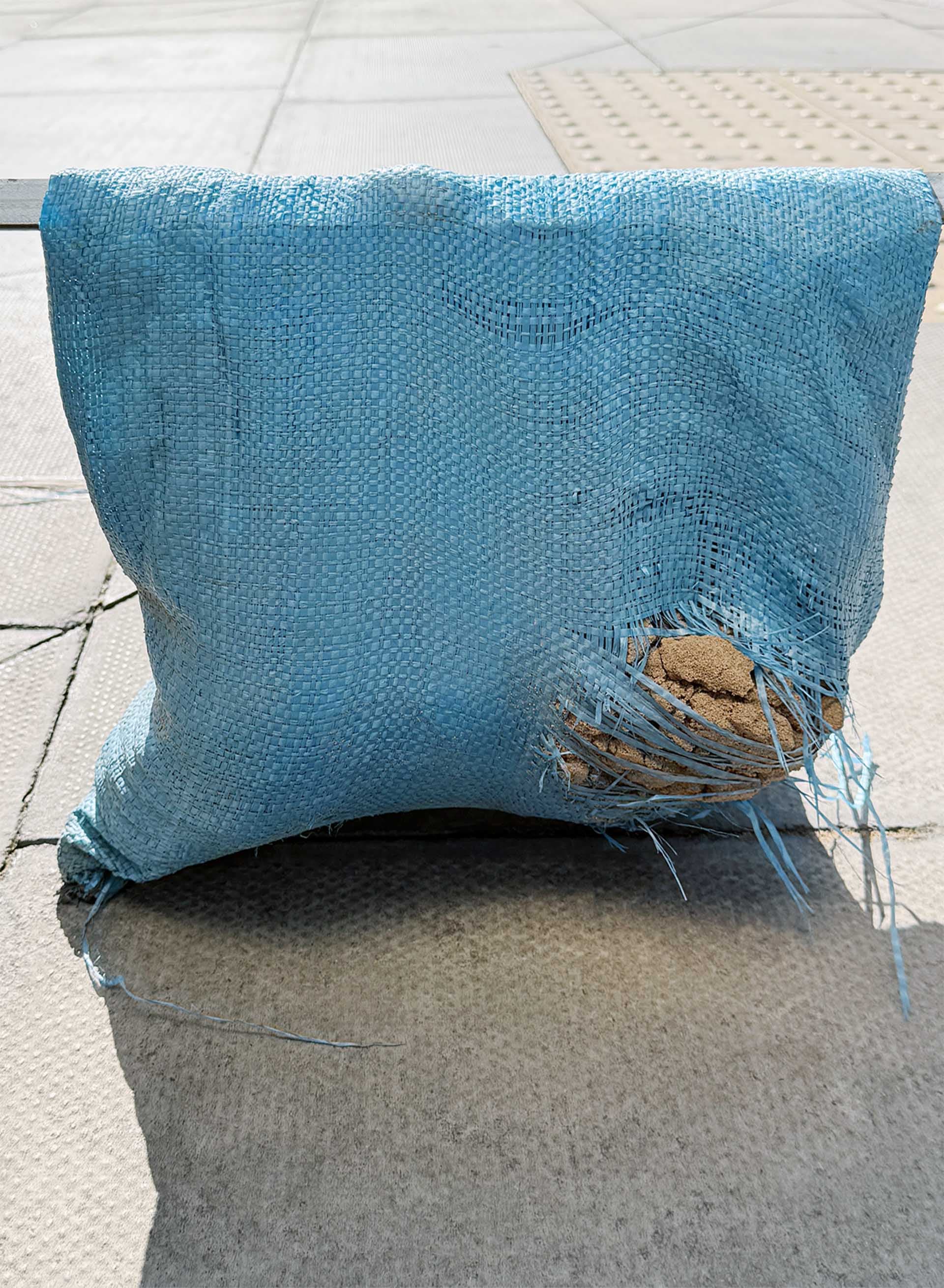
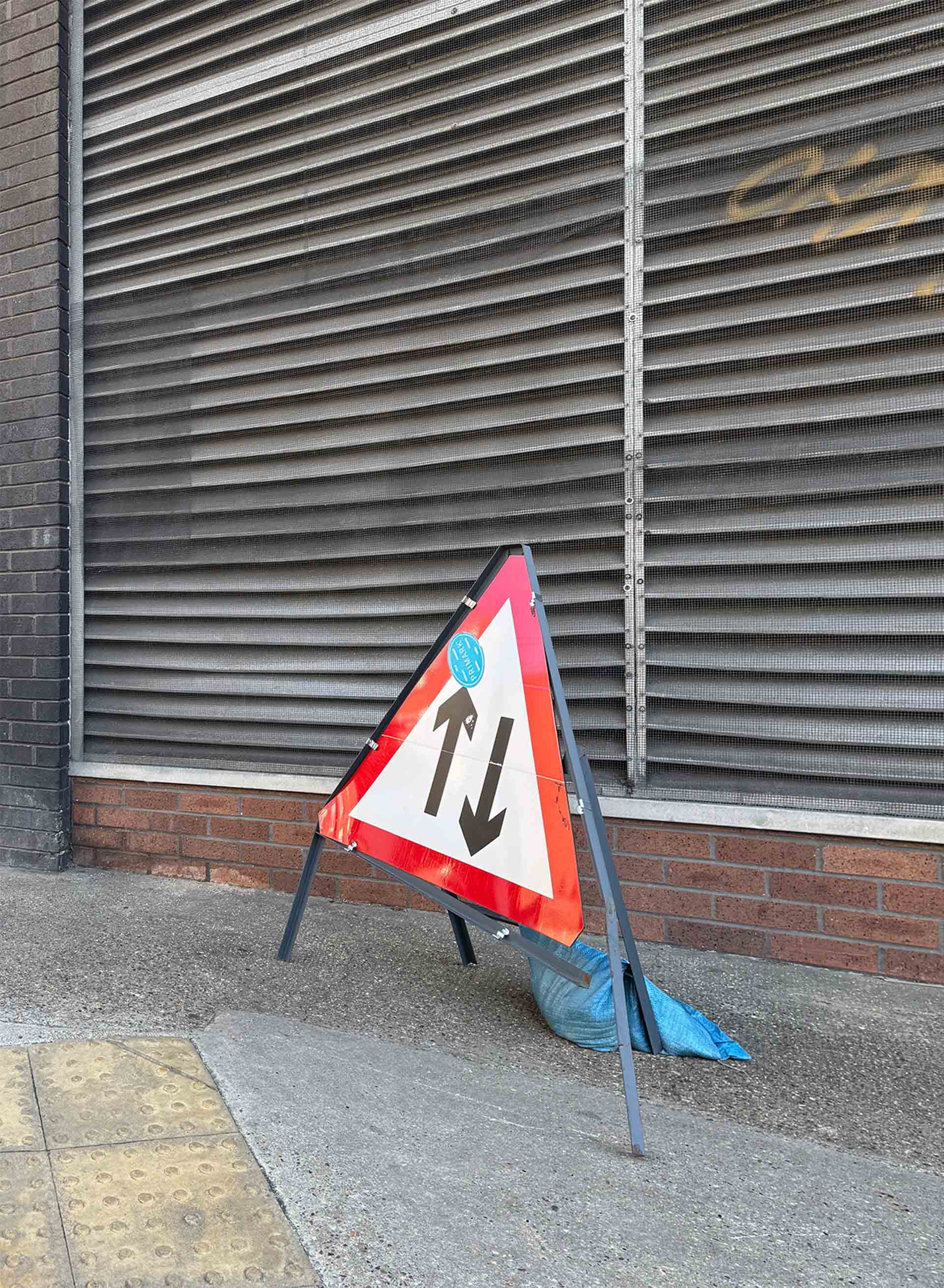
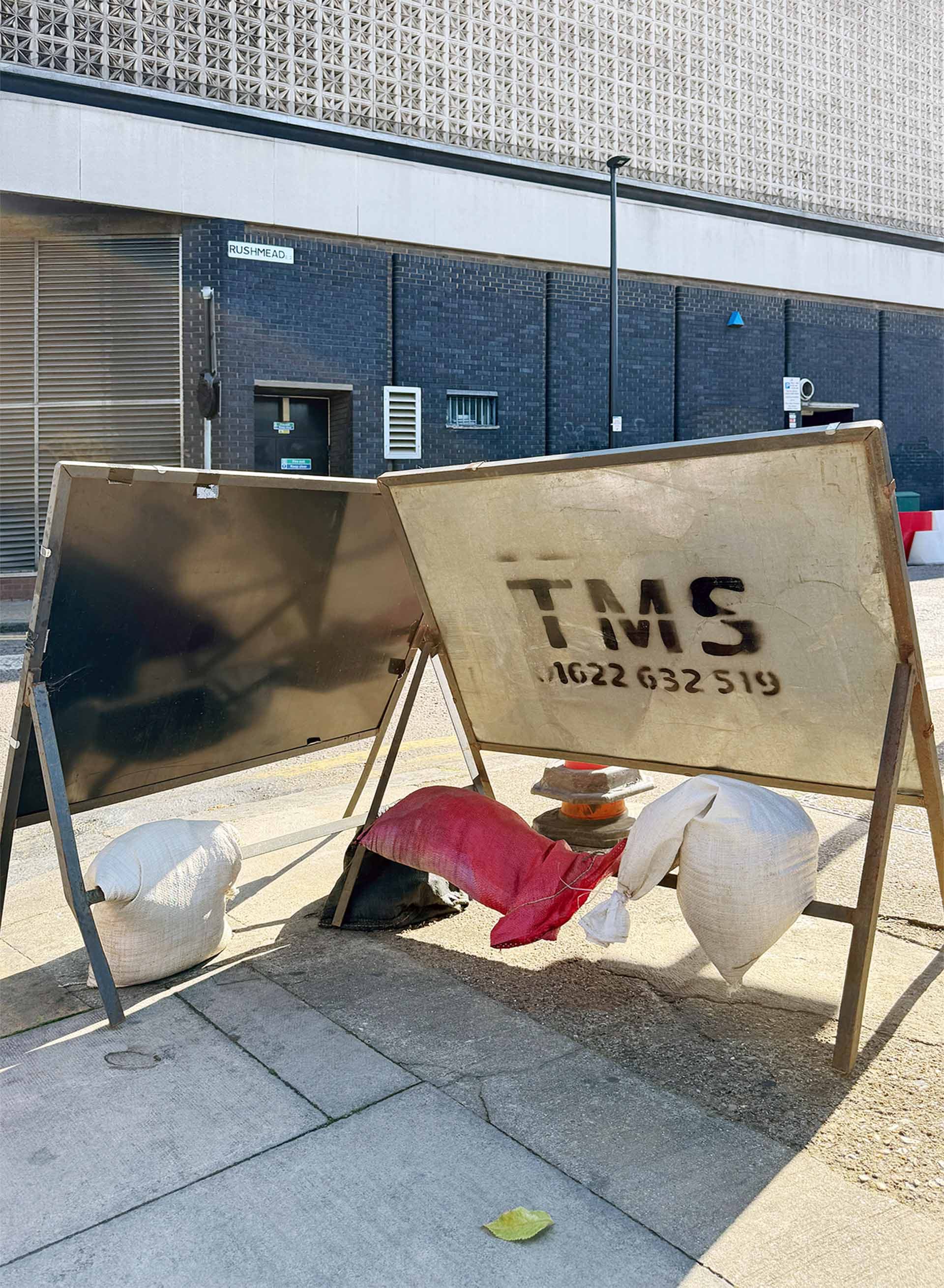
With a background in documentary photography, and inspired by her family's long tradition of handwork, Hana Miletić has developed an artistic practice based primarily on the creation of hand-woven textile works. She uses the weaving process to reflect on the social and cultural realities in which she lives and works. Weaving, which requires practice, time, care and attention, allows her to formulate new relationships between work, thought and the emotional sphere, as well as to counteract certain economic and social conditions at play, such as acceleration, standardisation and transparency. Through her use of weaving, Hana reproduces the public gestures of maintenance and repair, showing buildings, infrastructures and objects in mutation, or in various states of transition. Hana Miletić was born in Zagreb in 1982, today she lives and works in Brussels. Her most recent solo exhibitions were held at MIT List Visual Arts Center, Cambridge (2024); Kunsthalle Mainz (2022-23); Museum of Modern and Contemporary Art (MMSU), Rijeka (2022); MUDAM, Luxembourg (2022); Bergen Kunsthall (2021); and WIELS, Brussels (2018). She has participated amongst others in the Bukhara Biennial (2025), Dhaka Art Summit (2023), Manifesta 14 Prishtina (2022), and Sharjah Biennial 13 (2017). She was a resident at Jan van Eyck Academy, Maastricht (2014-15), and at the Albers Foundation’s cultural centre Thread in Sinthian (2019). In 2021, she was awarded the Bâloise Art Prize.
Asad Raza’s polymathic practice represents an expanded approach to artmaking—encompassing installations, writing, curating, dramaturgy, filmmaking, pedagogy, and organizing. It often takes local ecosystems and planetary ecologies as a focus. Across his work, there is a strong emphasis on the participatory and the performative aspects of art, as well as an engagement with all of the human senses. His recent exhibitions and ambitious public art projects, such as Prehension (2024), Diversion (2022), Absorption (2019), and Root sequence. Mother tongue (2017), all involve both scripted and improvised interactions with natural materials. This entanglement between humans and their environments is at the core of his approach. Raza’s work is also intrinsically collaborative, emerging out of multipart interdisciplinary dialogues. For example, each iteration of Absorption involves work with experts including soil scientists, horticulturalists, compost specialists, and organic farmers. In Raza’s practice, the artist is a director, a convener, a gatherer of beings who frames unexpected conversations between humans and more-than-humans alike.
All images courtesy of Hana Miletić.
finanziato dall'Unione Europea - Next Generation EU